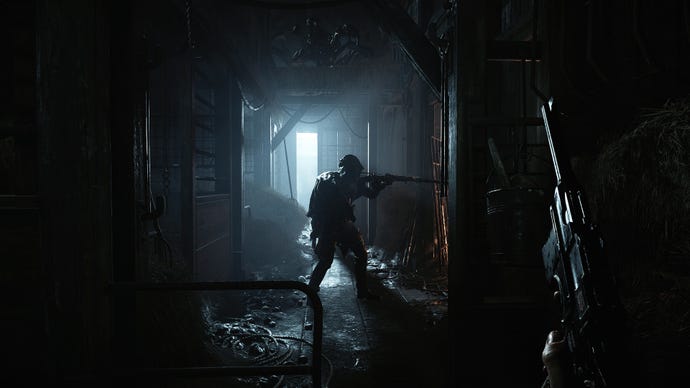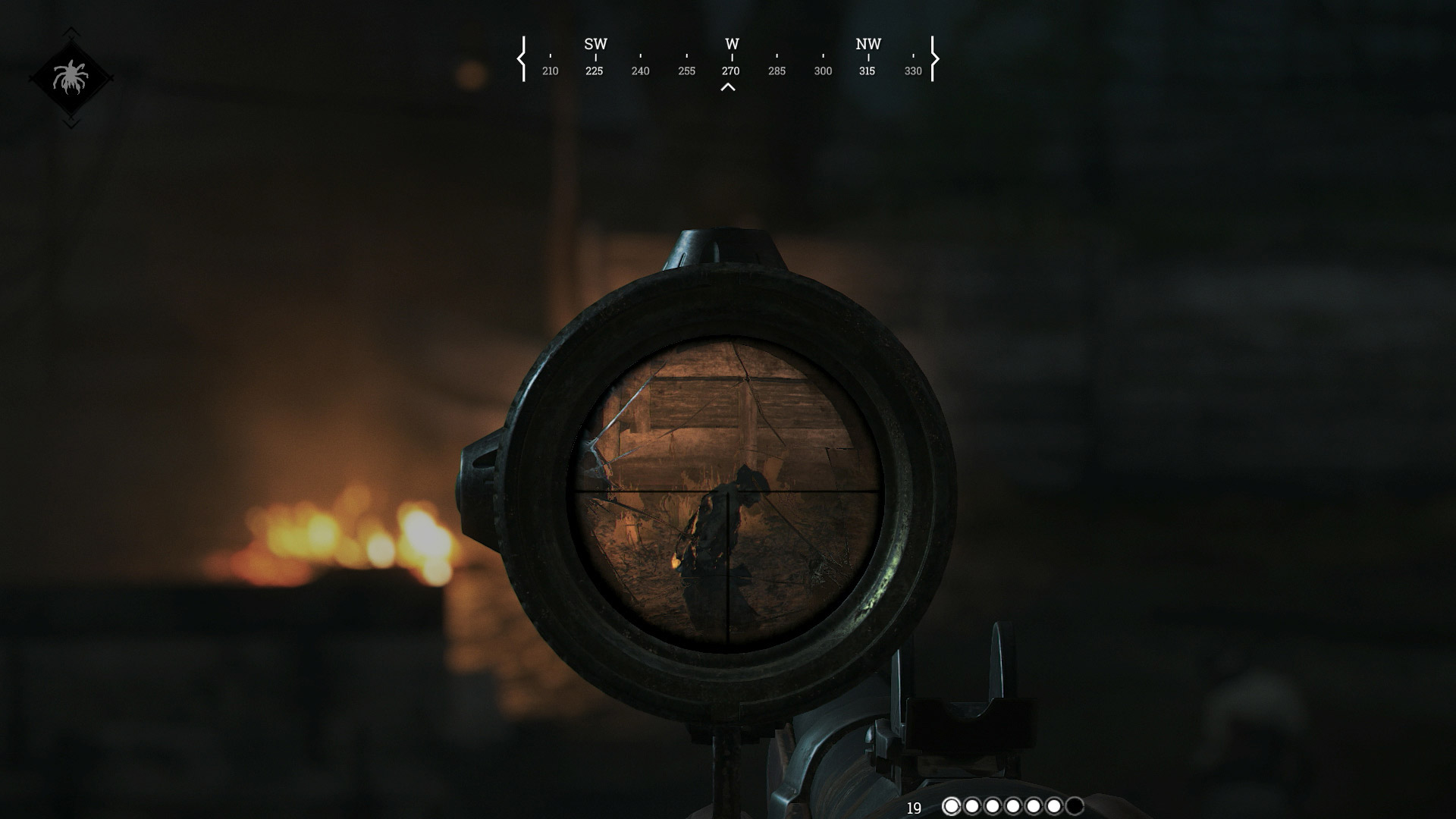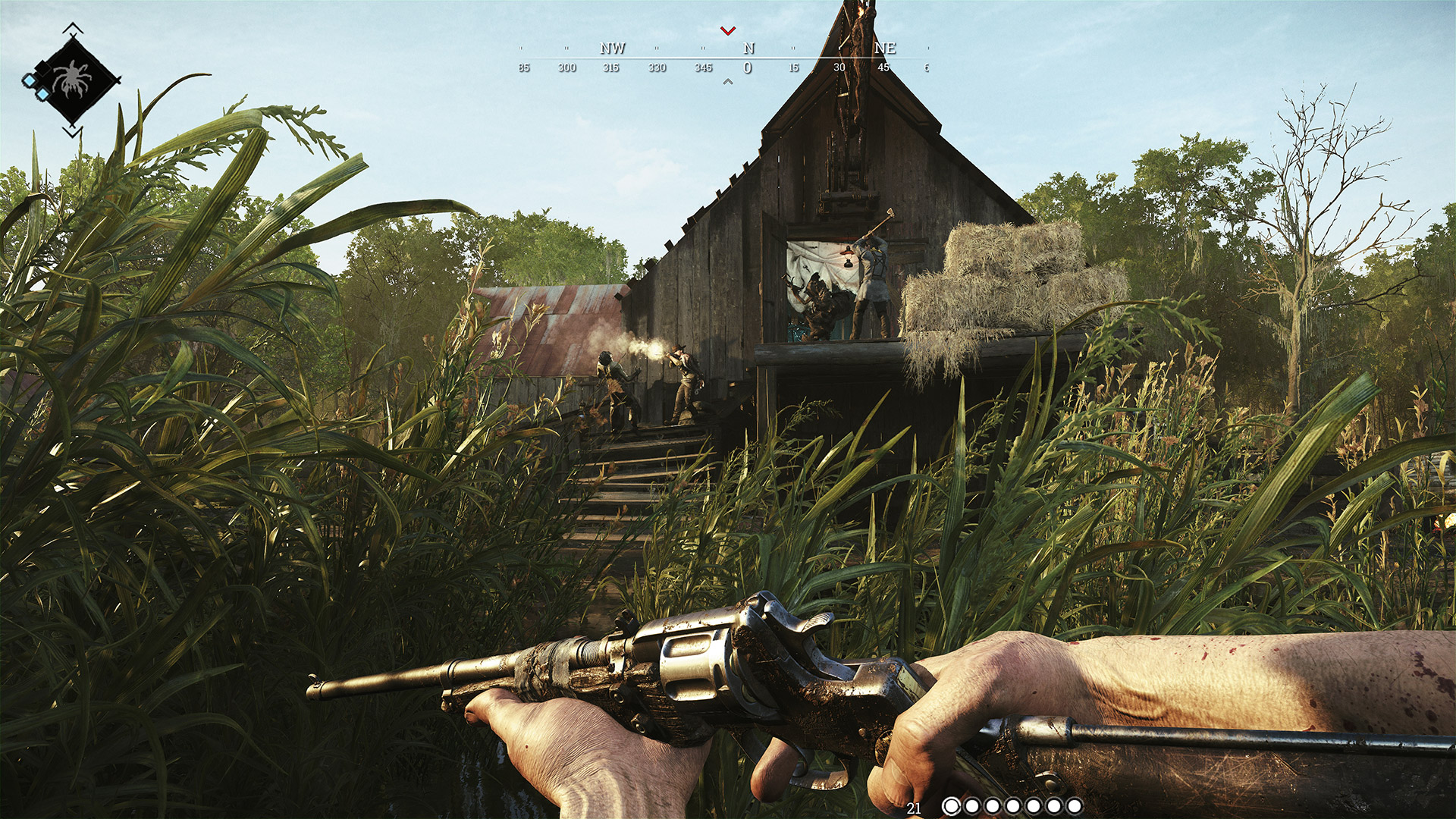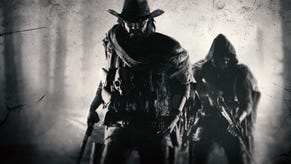Hunt: Showdown review - an unforgiving, nasty piece of work, where you will die bleeding in a hedge
For all its tension, ugliness and brutality, the overwhelming feeling that Hunt: Showdown provided me with was relief.
Partly this relief was because Crytek has, finally, made a game that I can not only like and enjoy, but also be obsessed by. Crytek has been a major studio from day one, and as strong as the original Far Cry was (one magazine editor, back in those distant times, refused to believe Half-Life 2 could challenge it when I submitted that review), and no matter how ambitious Crysis was, no Crytek game ever claimed five hundred hours of play time on my tight, tight schedule.
Crytek games have always been a tense mixture of technology crashed into not-quite-realised design ideas, but with Hunt it feels like design finally took the laser pointer away from the rest of the team, and the results are a thematically coherent, punishing, thrilling competitive shooter that drags in influences from across contemporary gaming. More importantly than any of that, perhaps, it creates a unique identity. Nothing else is quite like Hunt, and that alone is hugely rewarding.
It’s also this recipe of influences that provides the other part of that sense of relief. The survival genre hasn’t proven to be a dead end that burned itself out by remixing and recycling, and instead has begun to influence design across the rest of gaming, with developers able to see what works and to build on it. It’s sort of fascinating to think that the survival genre didn’t exist in any identifiable form a decade ago, and here it is, now, making the old, old template of the competitive FPS richer than it has any right to be.
Anyway, we should visit that quick summary bit: Hunt: Showdown is a first-person shooter with player-versus-environment bits, for up to twelve players. The theme is “spooky cowboys in a haunted swamp”, and the enemies are zombies, terrifying dogs, Things In The Water, and a few other arbitrary but horrific supernatural friends. Your cowboy, your temporary character, is disposable, and although you can rank them up, equip them, and skill them while they are alive, they will die, permanently, and then you move on to the next. Guns are generally slow firing 19th century classics: double barreled shotguns, bolt action rifles, revolvers, that sort of thing. Not having automatic weapons gives it a pace all its own. There are few fantasy bits in there, but hey, this is a game about monster hunters.
Hunt: Showdown has a battle royale aspect, “Quickplay”, which is aptly named. Quickplay is a solo mode for when your chums are offline, or for when you only have fifteen minutes to crack on. You run about, collecting occult macguffins, until someone has all four, then that person has to survive others taking them off them. It’s an impressive repurposing of all the game’s assets and it’s a decent game on its own. It’s fine. Hunt is not a battle royale game. At all.
The real voodoo is in the core Bounty Hunt mode, which although it echoes ideas from a bunch of games, is quite unlike anything else I have played. In this the players collect “clues” (actually glowing piles of ash) from various randomised locations around the map, until they have three, and therefore the location of a hideous monster - an actual boss fight, which is pretty good on its own - which they must then slay, “banish”, and extract as a bounty from the map. Or not.
Perhaps you know where the boss monster is, and simply lie in wait for others to come and try to get it, you camping bastards. Or perhaps when you get there someone else is, quietly, trying to get it done so that they can get to the extraction point (randomised around the edge of the map) before anyone else can stop them. Perhaps you lie in wait outside, hoping to ambush them as they come out? Or perhaps you leap through windows with shotguns, after having tossed a jar filled with deadly bees through a gap in the roof. Or, just as likely, there’s another team here too, and a gun battle breaks out between you and them, allowing the team who banished the boss to grab their prize and leg it off through the swamp under a hail of zinging rifle shots.
What’s most thrilling to me about Hunt is the unpredictability of it. Yeah, I have a read on it now, and I know where enemies are likely to come from, and what they’re likely to do, and yet every game seems to throw something surprising up, partly due to the game’s own mass of randomised parts, and partly because it simply provides such a broad canvas for imaginative gambits by players. There are traps, bombs, weird melee weapons, throwing knives, and a bunch of environmental vectors, such as pools of oil that can be set on fire. There’s always something, and having that many moving parts is hugely entertaining.
The survival influence shows itself through how these elements throw peril into the mix, and these are often what makes any given match memorable or exciting. You can bleed, and bandage, you can be poisoned, and apply antidote (if you have any). You can be set on fire, you can become exhausted from violent melee, or sprinting across the enormous map. Your plans will be thrown into chaos when you accidentally aggro some horrible nasty, and things escalate wildly when you’re trying to find some way to heal after a nasty encounter.
What Hunt also does beautifully is limit and control the information available to you. Players spawn around the edge of the map, but whether it’s another duo or trio (the “teams” are that small, yes) is unknown. You end up listening carefully for footsteps, for the sounds of people dealing with the map’s wildlife, or setting of the many sound traps, from rotten branches to step on, to flocks of birds that can be disturbed before flying squawking into the sky, entirely revealing your position. The lack of information is thrilling: and while player names are revealed here and there by the UI (such as when a bounty is picked up) you will only ever know the handle of your killer. You will never know who you killed. They’re just another body. Indeed, you cannot even know if there’s anyone left on a map. Did we get everyone? Did they simply choose to extract? Or are they going to take your head off with a sledgehammer if you poke about in that shed? The tension remains high throughout.
Not least of all, the upshot of all this stuff is that audio plays a more significant role than in any game I can remember. This is a few steps on (so to speak) from taking off your boots in Battlegrounds - Hunt is rigged for audio, with every chain making a clank if you disturb it, and every heavy footfall being a chance for someone to hear you. Hunt is a stealth game until it isn’t, and guns make a sound that can he heard across the map. (Unless you use a crossbow, ugh.) Going undetected for long periods, getting the jump on your enemy is a valid tactic. It doesn’t always work, of course, and that’s fine too.
Perhaps the greatest achievement of Hunt is that it has taken the unknowable, unexpected possibility space of something like Day-Z, and boiled it down to something you can, and must, play in under an hour. It’s a quickish fix for a genre that always threatens to sprawl. (A few Arma and DayZ players have asked me if Hunt will scratch their particularly simulationist itch, and I have to say maybe, but probably not. For all that it does, Hunt is still pretty gamey: you can’t lie prone, and headshots come so easily that weaving about like you are playing Quake is still a valid behaviour. That said, I did kill someone because I heard them breathing out after looking through a scope, so there’s a lot going on there.)
Look, I can’t exactly recommend Hunt: Showdown. I feel like the games that we reviewer types earnestly recommend need to be those which are generally approachable by a broad sweep of gamers, or unmitigated masterworks that you’d be a fool to miss if you want the slightest taste of what games are capable of. Hunt is a focused, unforgiving, nasty piece of work, where you will die bleeding in a hedge, in the dark, with screaming things all around you. The learning curve is a bastard and, while the matchmaking is generally pretty good in terms of finding you opponents, you’re going to die again and again, in awful and hideous ways. It’s grim and beautiful, with no single-player mode outside of the tutorial. And if that sounds awesome - and honestly it is - then you know what to do.
Version tested: PC version. I7 and a 980 Ti, ran at 60fps with all the knobs on 11. The PS4 version is out soon, and we’re happy to report the game plays well with a gamepad. Just don’t try and use the gamepad against PC mouse/keyboardists. It doesn’t end pretty.











